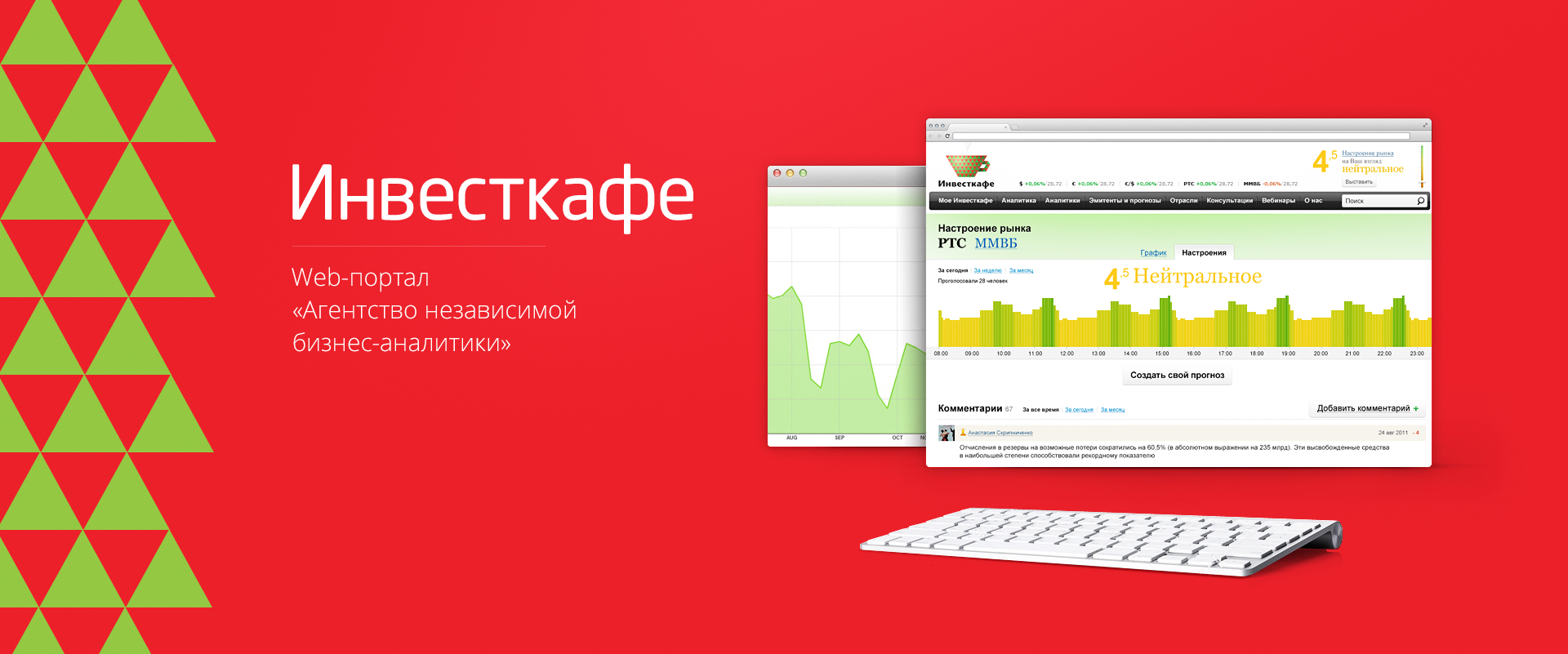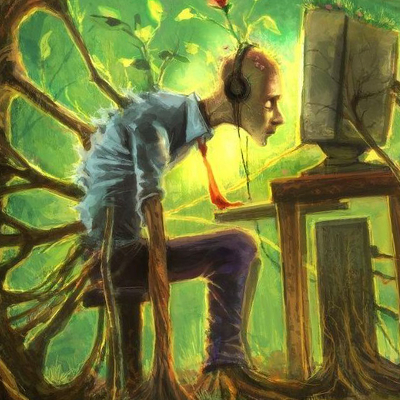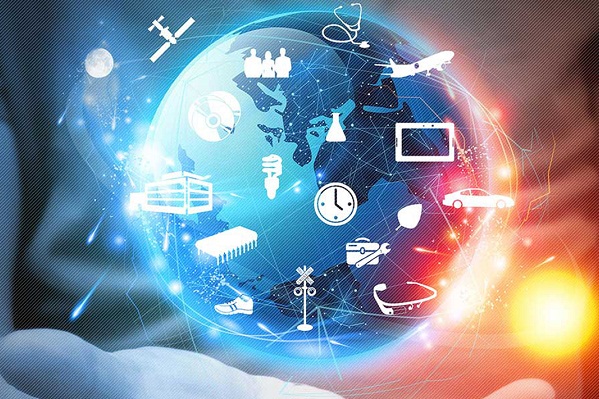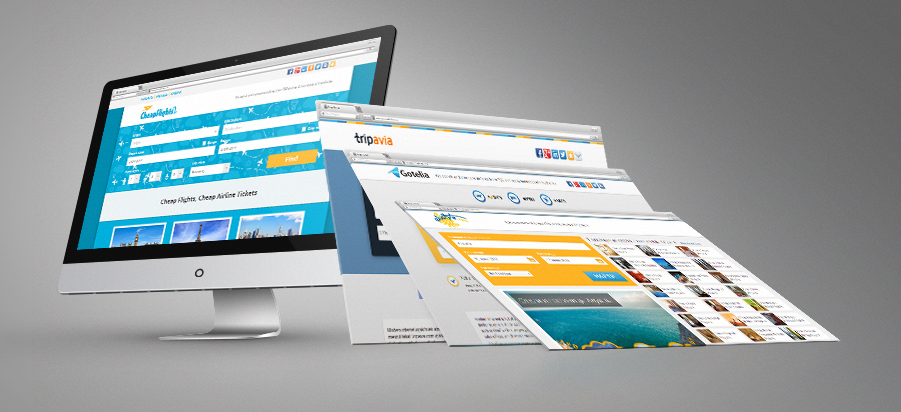How the Internet works
 One of the most wonderful things about the internet is that nobody owns them. The Internet is simply a large set of computer networks, both large and small, located throughout the world. These networks are interconnected by many different methods into one, whole, known to us by the name of the Internet.
One of the most wonderful things about the internet is that nobody owns them. The Internet is simply a large set of computer networks, both large and small, located throughout the world. These networks are interconnected by many different methods into one, whole, known to us by the name of the Internet.
In fact, the name comes from the idea of interconnected (interconnected) (computer) networks. Since its introduction in 1969, the number of Internet nodes has grown from four to tens of millions! The fact that, in fact, no one owns the Internet, does not mean at all that no one controls or supports the Internet. The Internet Society, a non-profit group that emerged in 1992, oversees the formation of Internet policies and protocols that define how we (mere mortal users) use and interact with it.
The hierarchy of computer networks.
Each computer that is connected to the Internet is part of it (a computer user can also be said;)). For example, to connect to the Internet, you may use a modem and call a local number to connect to your Internet service provider (Internet Service Provider, abbreviated ISP). At work, your computer is probably part of a local area network (Local Area Network, abbreviated as LAN), but in this case you are also most likely connected to the Internet via an Internet provider with which your company has entered into a contract. When you connect to your Internet provider, your computer becomes part of its network, and the provider, in turn, is connected to an even larger network and is also a part of it. In essence, the Internet is a network of networks.
Most large communications companies have their own dedicated backbones connecting different regions. Look at this map for example (http://www1.worldcom.com/global/about/network/maps/). In each individual region, the company has its own Point of Presence (Point Of Presence, abbreviated POP). The Point of Presence (hereinafter simply POP) is a place where local, regional users can access the company’s network, often through dialing a local telephone or using a dedicated line. What is most interesting is that there is no global, comprehensive network on the Internet; instead, there are several high-level networks connecting to each other using network access points (NAP). After connecting to the Internet, your computer becomes part of the network.
For example, imagine that a company is a big and powerful Internet provider. In every big city, the company has its own POP (Point of Presence). POP in each city is a rack clogged with modems that are dial-up customers of the ISP. Power Company A also rents fiber optic lines from a telephone company to connect their POPs together. (see for example this card – the map of a real UUNET ISP)
Now imagine that company B is a cool corporate (in short, not for everyone) Internet provider. Company B builds large buildings in big cities (in small ones – small ones, hehe), and other cool companies place their own Internet servers in newly built special buildings, in other words, other computers for various (of course commercial) purposes. Company B, cooler company A, and even built its own fiber optic lines between its buildings in order to connect them and thereby increase the speed of information transfer.
In this situation, all clients of company A will be able to connect with each other if they wish, as well as clients of cool company B will be able to connect with each other, but the trouble is that clients of company A will never be able to connect with clients of company B. That is why Both companies negotiate and connect using NAP (Network Entry Points) in different cities, and after that traffic (information exchange) between company networks flows through and through NAPs.
In reality, dozens of large Internet providers are interconnected at Network Entry Points (NAP) in different cities, and trillions (oh) of data bytes flow between individual networks at these points. The Internet is a collection of huge corporate networks that negotiate and interconnect with each other at NAP points (and they also agree on how to sell us services to ordinary users at a higher price). Thus, every computer on the Internet is connected to every computer on the Internet.
Internet Protocol.
Each computer connected to the Internet has its own unique identification number, called IP (pronounced: ip). IP means Internet protocol, the Internet Protocol is the language with which computers communicate with each other on the Internet. A protocol is a prescribed method of treatment, for example, when someone wants to turn to a particular service, he applies in accordance with the protocol. In the world of computers, this “someone” is unlikely to be human.





